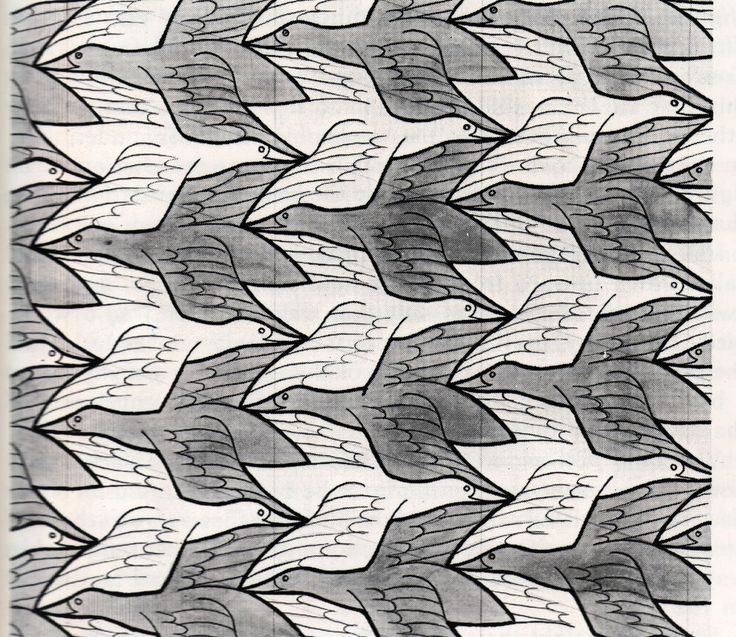One of the ux challenges we are currently facing is how to help users search for different types of content. There are a few specific considerations:
- How do we accommodate queries for 3-4 different entity types while keeping the ux relatively simple.
- How do we help users who run a query for one entity type (e.g. contractors) understand that there are other entity types they can query (e.g. examples of projects).
I’ve taken a look at some of the existing examples to help gain some perspective:
Google used to have something called ‘blended search.’ They would generate a results page that contained different entity types (e.g. Web pages, images, shopping results, etc.).
They seem to have gotten better at inferring the entity type based on the query and offer results that aren’t so consistently blended; but instead are constructed based on the query type. For example, if someone searches for “war,” it seems like they infer this as a conceptual search and offer more web results and news results.
They interpret a query for “art of war” as a creative work and subsequently offer information about the book (from wikipedia) in the right column.
Facebook offers what I believe is a more unsophisticated approach. They start by prompting the user to pre-define the entity-type they are searching for.
I ignored the control and instead punched in a query for “war.” They somehow inferred this to mean “war commander” and instead of showing me a result set, simply took me to this page:
Which I found to be a negative experience.
Houzz
Houzz is probably a better proxy for what we are trying to accomplish and I like their approach. They default you to a query of their photos but allow you to select different entity types.
The result sets are not blended but they have a relatively simple and straight-forward approach.
Street Advisor
This is one of my favorite new local sites. They make some simple inferences to determine whether you are searching for a city or a neighborhood. The result sets for a city, show you an index of neighborhoods; a result set for a neighborhood, shows you all sorts of content and information relevant to the neighborhood including an array of related discussions.
I think Street Advisor does an excellent job promoting the opinions in the larger, left-hand column, while also showcasing the discussions in the right-column. I think it is a great implementation of hierarchical info architecture that provides you with what you are looking for while subtly offering something for folks who want a more interactive experience.
iTunes
Without going into too much detail about what I don’t like the overall ux within the iTunes library, I’ll use them to show an example of fully blended results. They partition the different entity types throughout the page while offering filters to focus in on the specific type of result set.
It isn’t a bad experience and seems relatively simple:
They don’t infer from the query – from what I can see, they use the same array regardless of the query that is run although they will remove filters if there aren’t sufficient results.
Some key observations:
- I think that with blended entity types, it’s not easy to structure a result set that is based on inference. If search is an integral part of what you do and you have the resources to do it well, it is the most elegant solution.
- If you don’t have the resources to do it well, I think that coming up with a clean, blended result set is the second best option. If you are able to make some inference based on the query type, then you can always try a more constrained approach that simply partitions your best guess at the entity type into the main section of the results set while displaying secondary & tertiary types in lesser areas of the page.
- The safest and simplest approach may be asking the user to define what type of entity they are searching for.








0 Comments on "Different approaches to handling queries of different entity types"